Water and solar technology firm, Davis & Shirtliff, is enjoying one of its most productive run in its 65-year history, enjoying over 300% growth in just two years. The simplicity in the journey to this feat was as baffling as the turnaround effect it has had on the company.
Mr Philip Holi, the technical director, says Davis & Shirtliff owes this change in fortunes to Kaizen, the Japanese management concept which has propelled brands like Toyota into global leadership. Kaizen, which literally means “continuous improvement,” encourages continuous improvement in performance and productivity. The overarching philosophy is that every employee, however junior, has something to contribute to the betterment of the organisation. They are, therefore, encouraged to share ideas with the management for implementation. The concept has five guiding areas known as the 5s namely – sweep, sort, set in order, standardise and sustain.
When Mr Holi, an engineer, came in, Davis & Shirtliff was using the Total Quality Management (TQM) system. Unlike Kaizen, the system emphasis the contribution of the management team, relegating other employees to mere implementers. He says the system contributed a lot in the attainment of the International Standardisation Organisation certificate in 2000. With increased competition, a change of strategy was inevitable.
So in 2012, he asked the company to take a leap of faith and embrace the Japanese concept. The result, he says, was a change in the organisational culture whose benefits have not only trickled down to the employees, but also their clients. “For us,” Mr Holi says, “Kaizen is about changing our culture to gain a sustainable competitive advantage. It has enabled us to ensure employee and customer satisfaction through what we would call basic house-keeping, such as reducing clutter, reducing unnecessary motion and cutting down on work in progress. We have improved the work environment across all our departments to achieve standardisation and efficiency without straining our resources.”
Working with the workers
To get the best out of the employees, he set up Kaizen boards in every department, where workers are encouraged to note ideas that would not only make their work easier, but also improve theproducts they work on since “the wearer of the shoe knows where it pinches the most.” The implementation stage of the projects assigned to each worker is also indicated on the board for easier tracking.
Mr Holi says the company prefers this mode of tracking over the alternative where a manager sits in the office and tracks the process from a computer because of its openness. As a result, the workers have become self-driven and as such supervisors are no longer needed to ensure production runs smoothly. This does not mean that interaction between the junior employees and the management is cut. The two assemble every morning in front of one of the Kaizen boards to discuss their performance. “I like to think of it as self-controlled managing,” says Mr Holi.
This simple fact alone is credited with reducing the production time by between 40% and 60%. For instance, he explains, it now takes six hours, down from seven days, to assemble a water pressure booster set. One of the products that have greatly benefited from Kaizen’s model of getting from workers is the solar water and reverse osmosis systems used in greenhouse irrigation. With improved efficiency the cost of production has consequently reduced. “By ensuring that all the processes result in no errors, we are able to continually cut down on wastage costs and hence lower what we charge consumers for our equipment. For us, it ensures that we are able to compete on two game-changing fronts: quality and price,” says Mr Holi.
Another area where Davis & Shirtliff has cut down costs using Kaizen is in machine maintenance and total replacement. With a more organised workforce, work-related injuries have dropped 75%. On the Kaizen board in the welding workshop is a section where any injury incurred by a worker is noted. Both the management and the workers then try to come up with ways of avoiding similar incidents in the future.
The basics of Kaizen are simple and common sense and thus any company can adopt it. As more established multinationals come enter the market, local firms don’t have the luxury of sitting pretty.
“If we are to compete with the international companies, we have to match them and we can only do that by applying the continuous improvement philosophy,” says Mr Holi. Davis & Shirtliff practices the Kaizen system in all the nine African countries where it has a presence. Other firms that practice it include Toyota Kenya and global shipping and distribution company, Maersk.








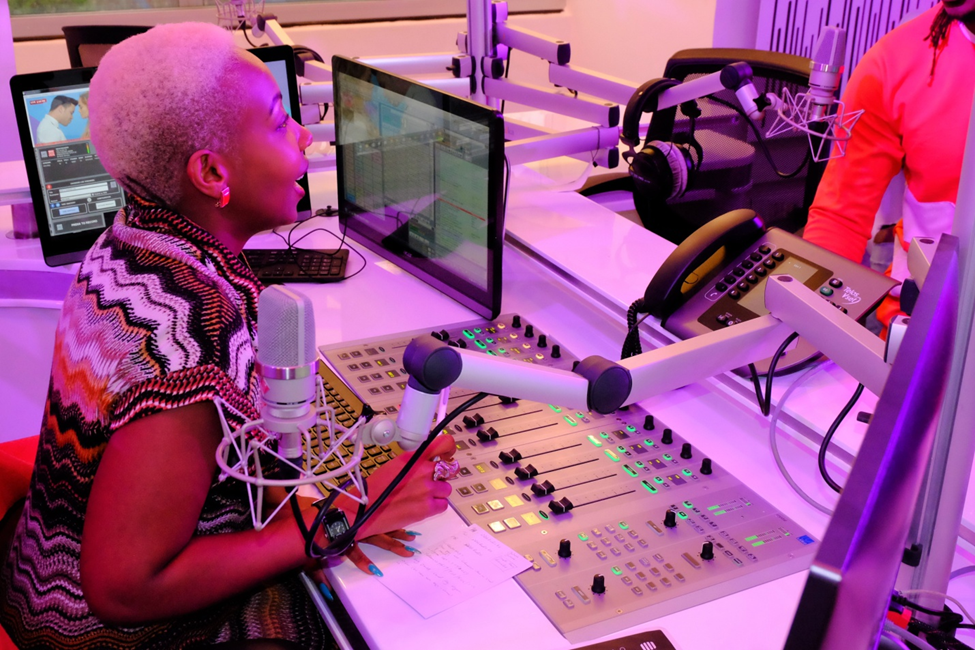
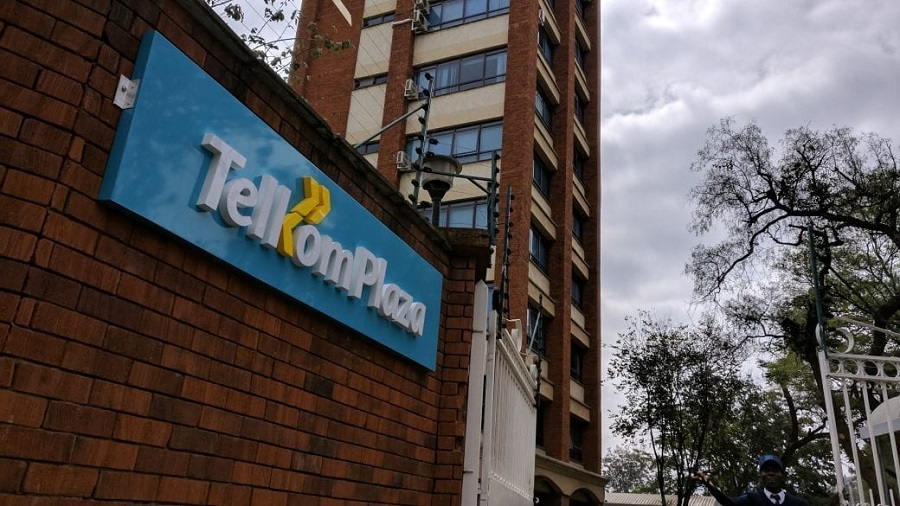
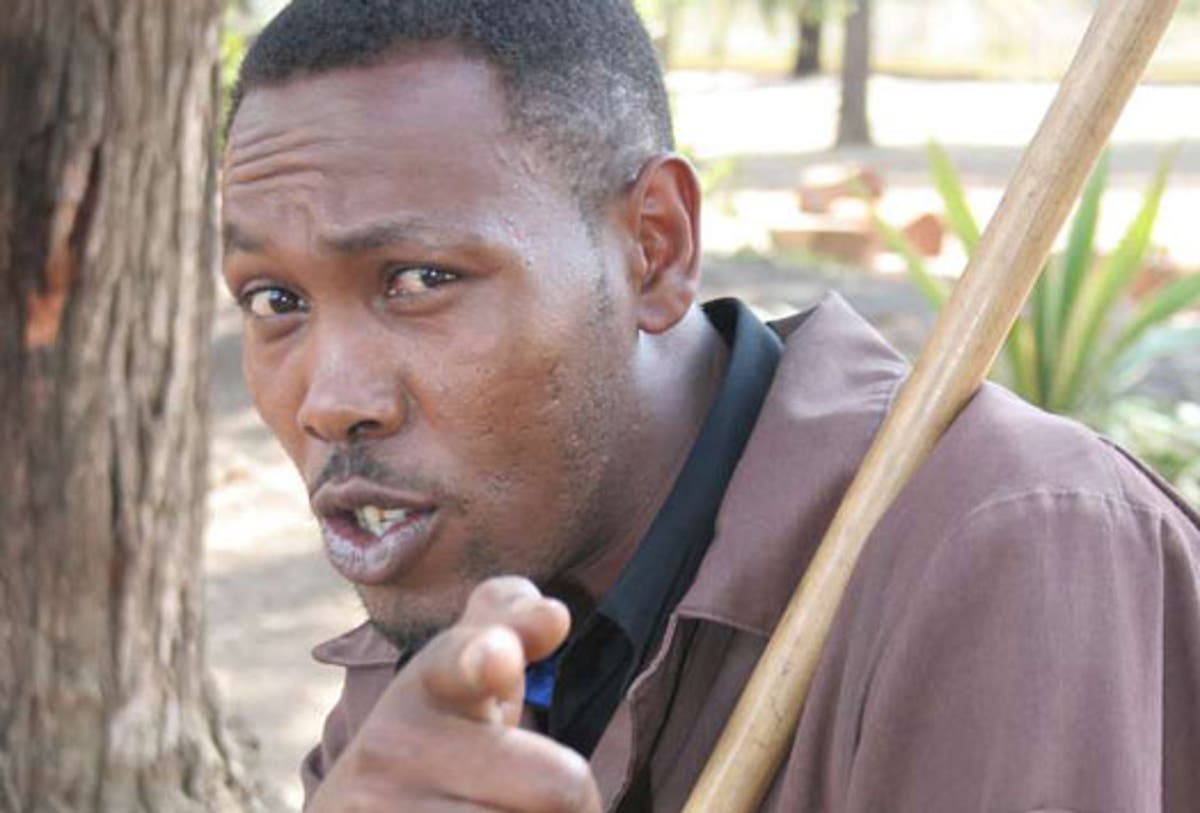
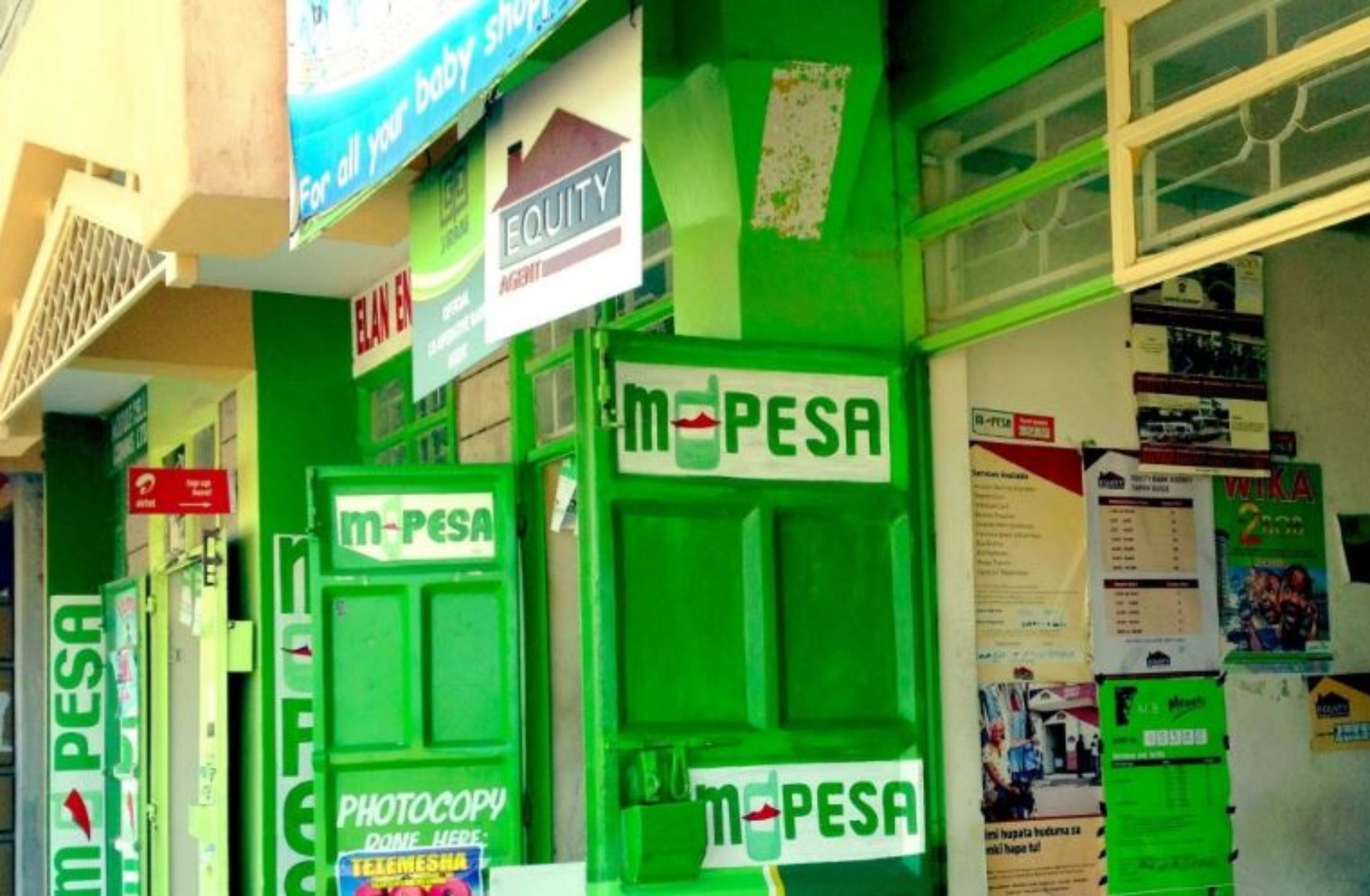



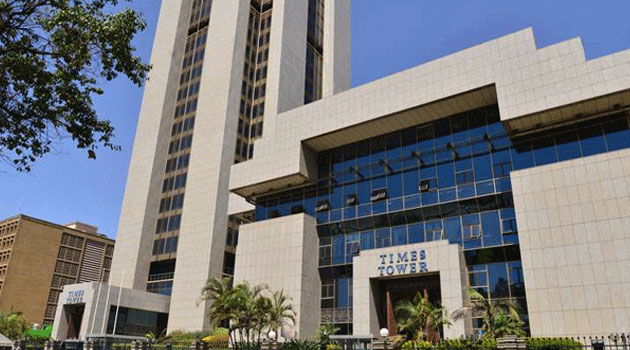

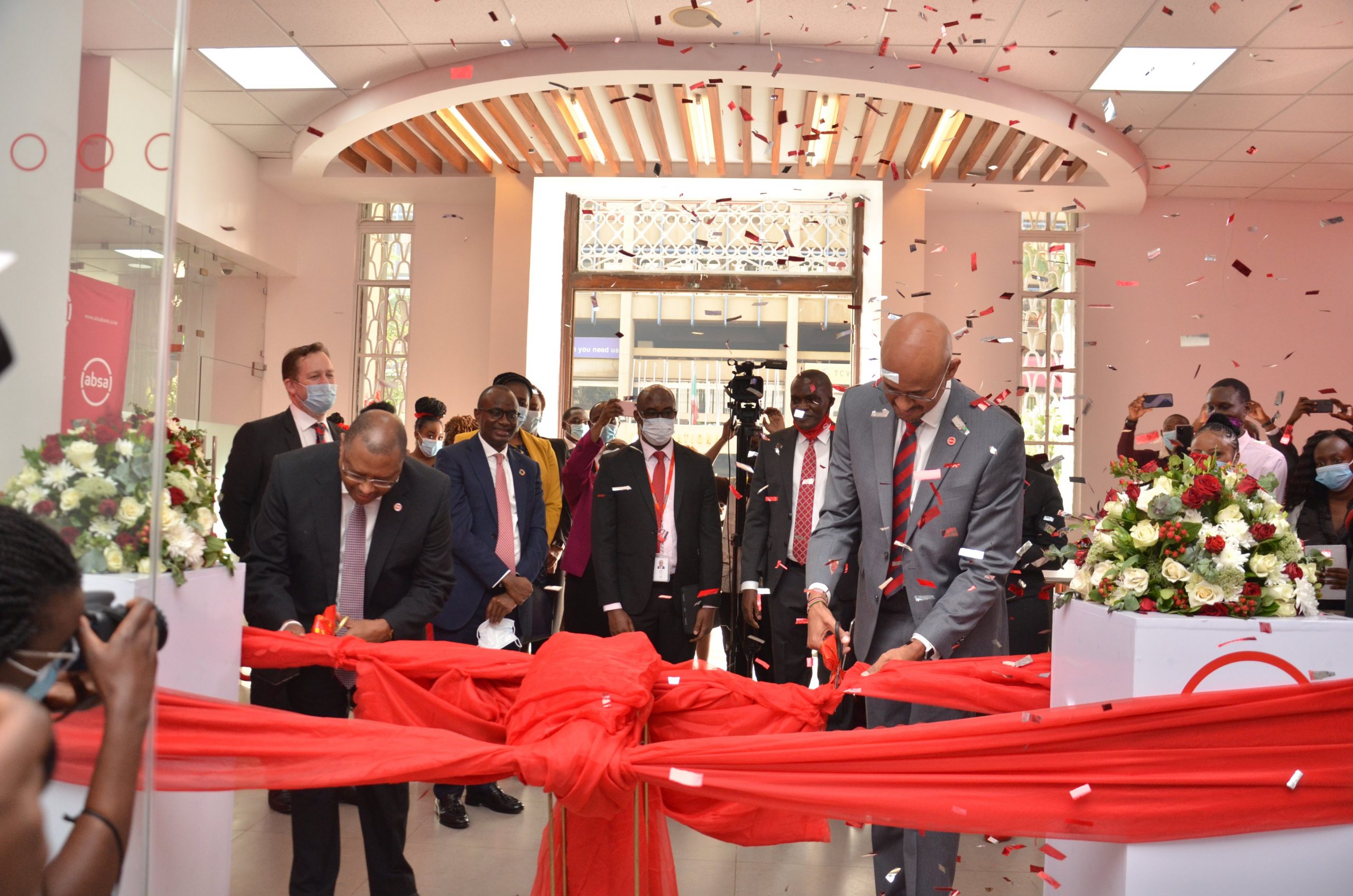



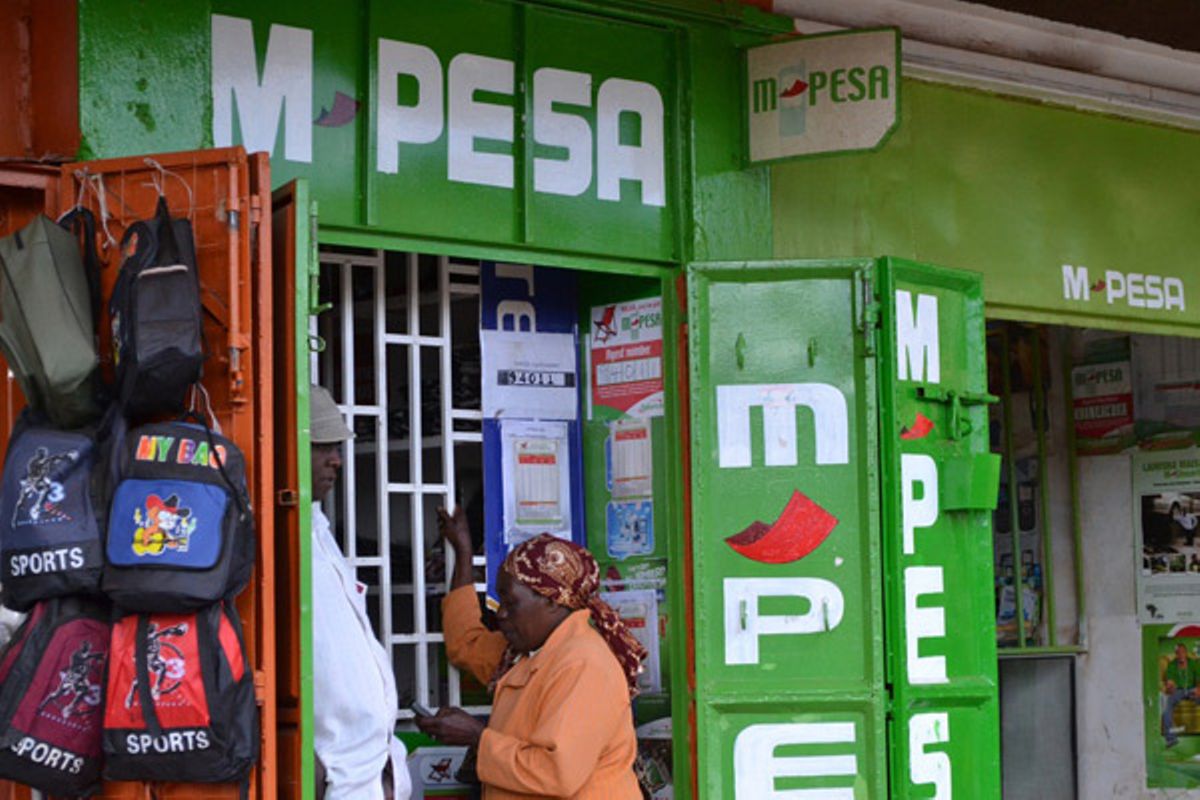

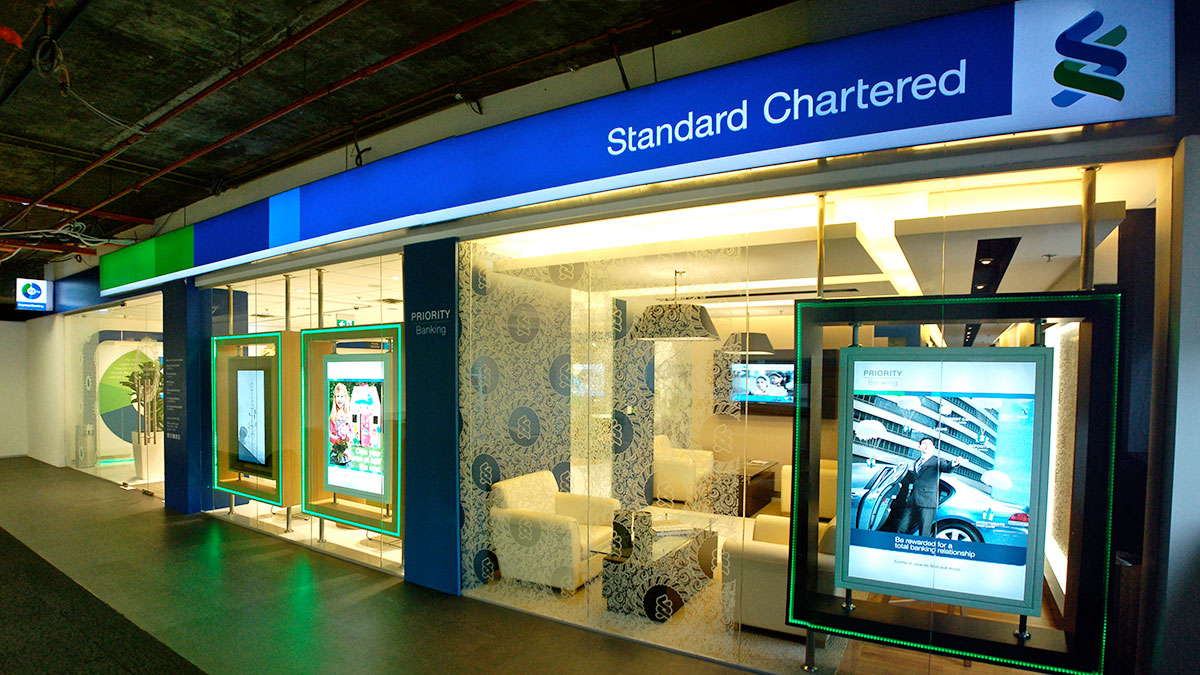





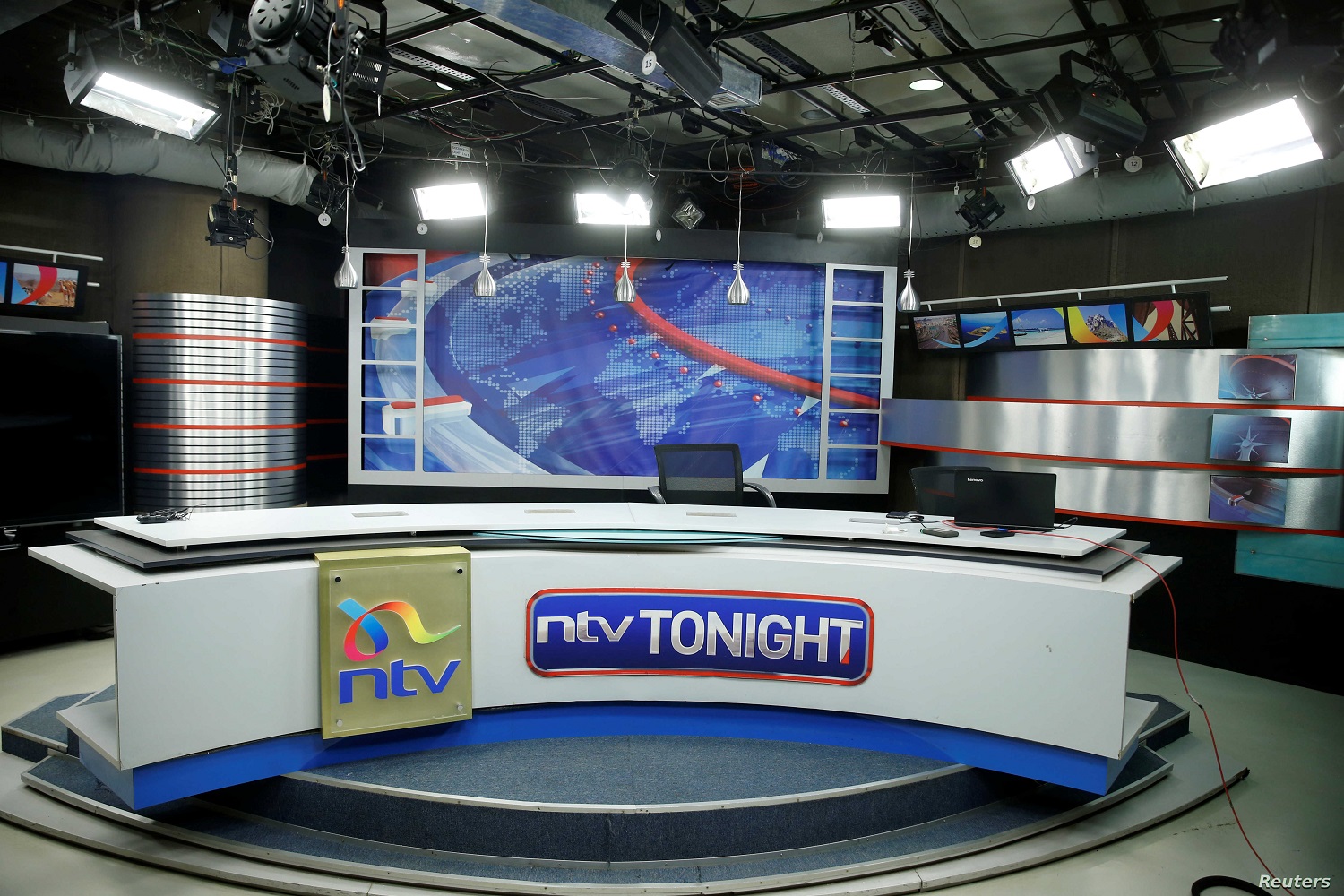

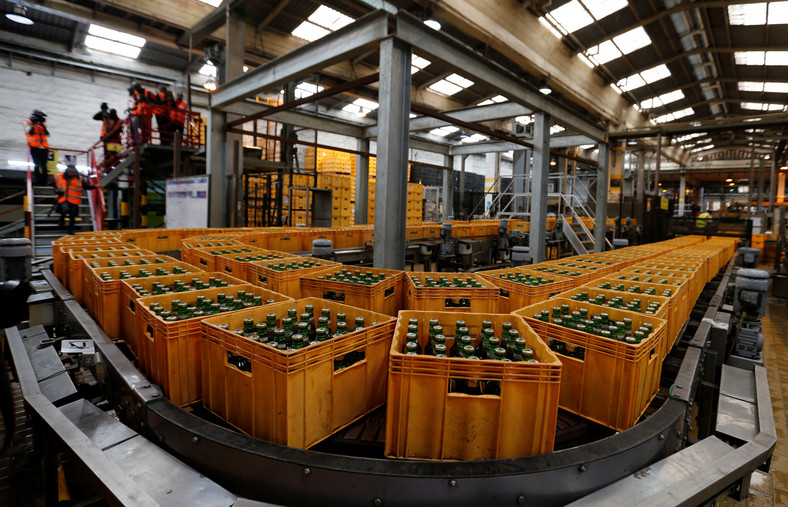


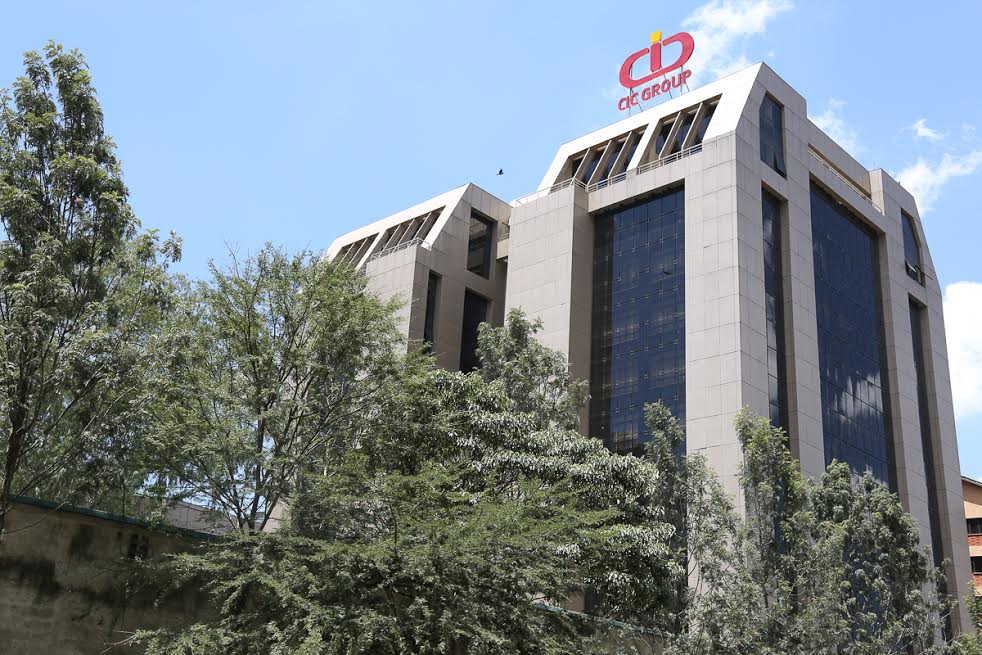




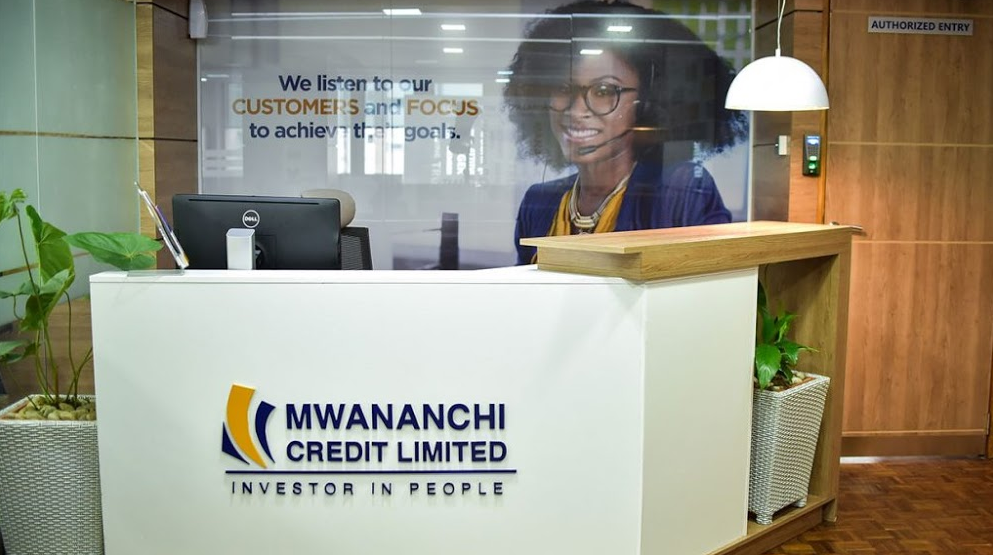





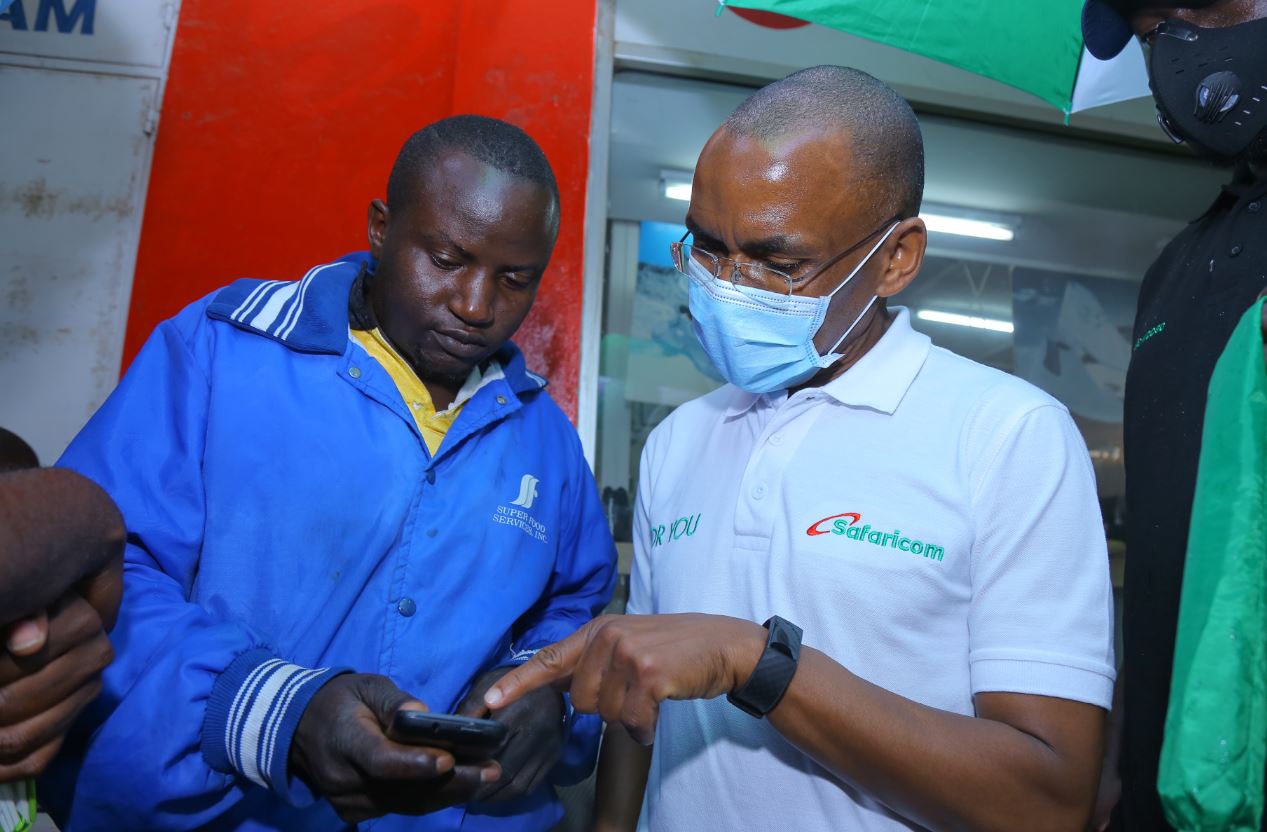



![Pula Co-Founders and Co-CEOs, Rose Goslinga & Thomas Njeru. Pula provides agricultural insurance and digital products to help smallholder farmers manage climate risks, improve farming practices and increase their incomes. [ Photo / Courtesy ]](https://businesstoday.co.ke/wp-content/uploads/2021/01/Pula-Co-Founders-and-Co-CEOs-Thomas-Njeru-Rose-Goslinga.jpg)







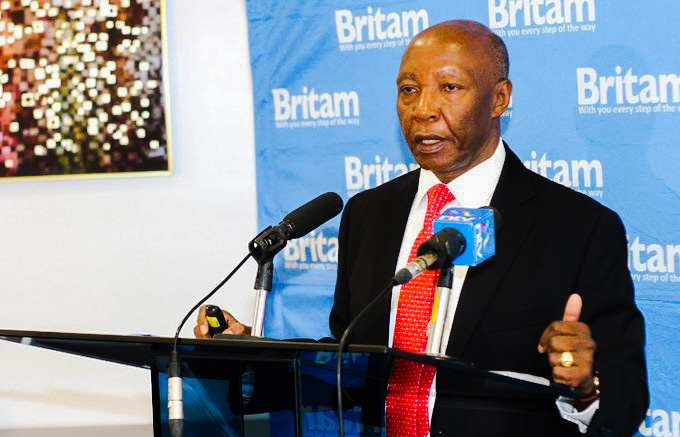
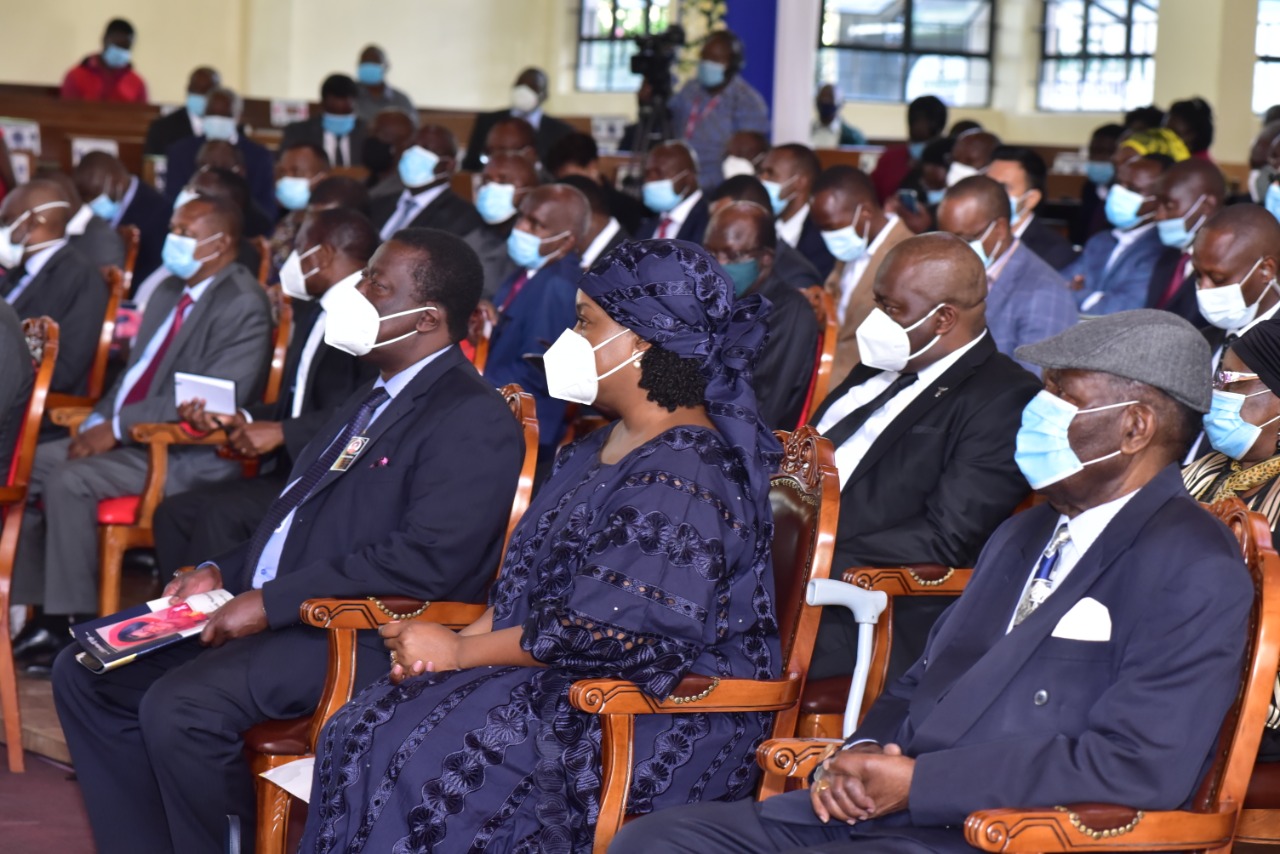

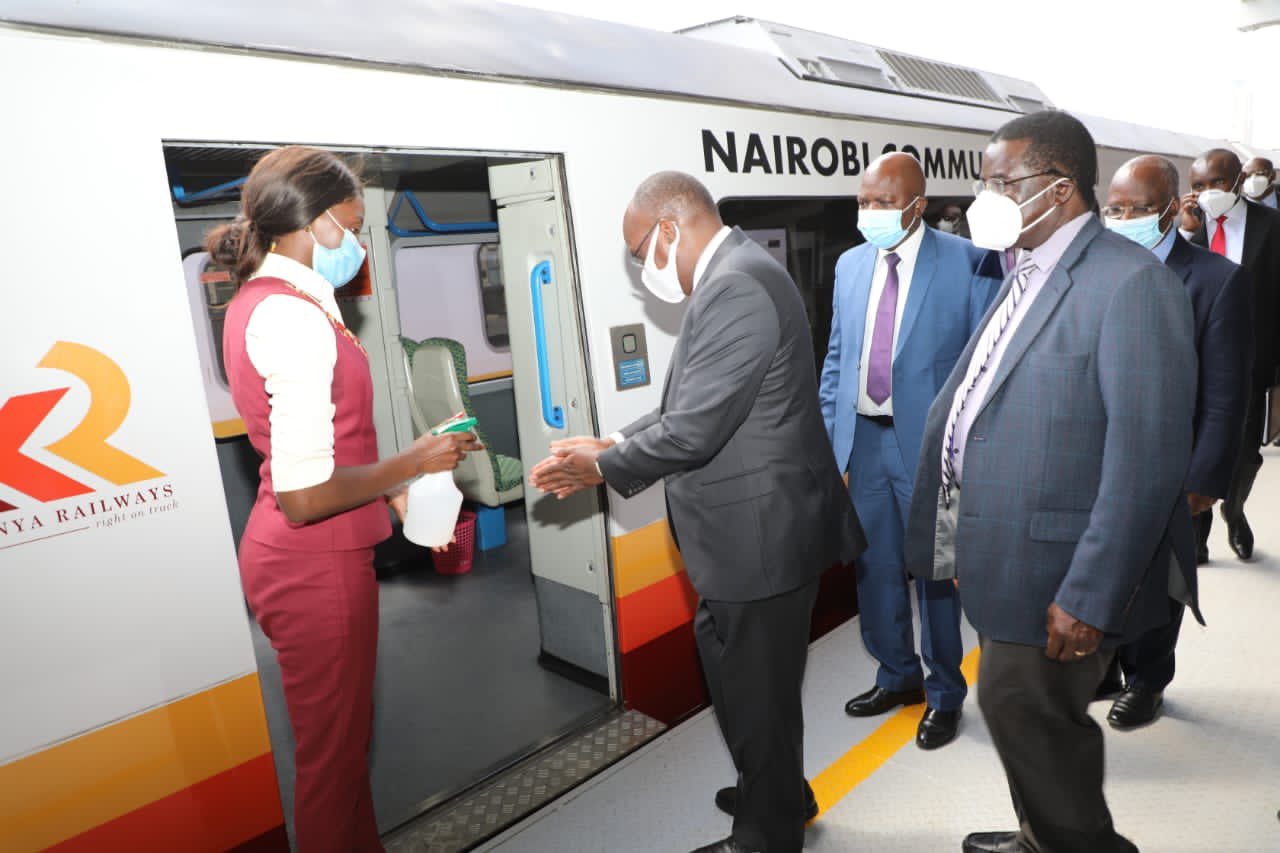

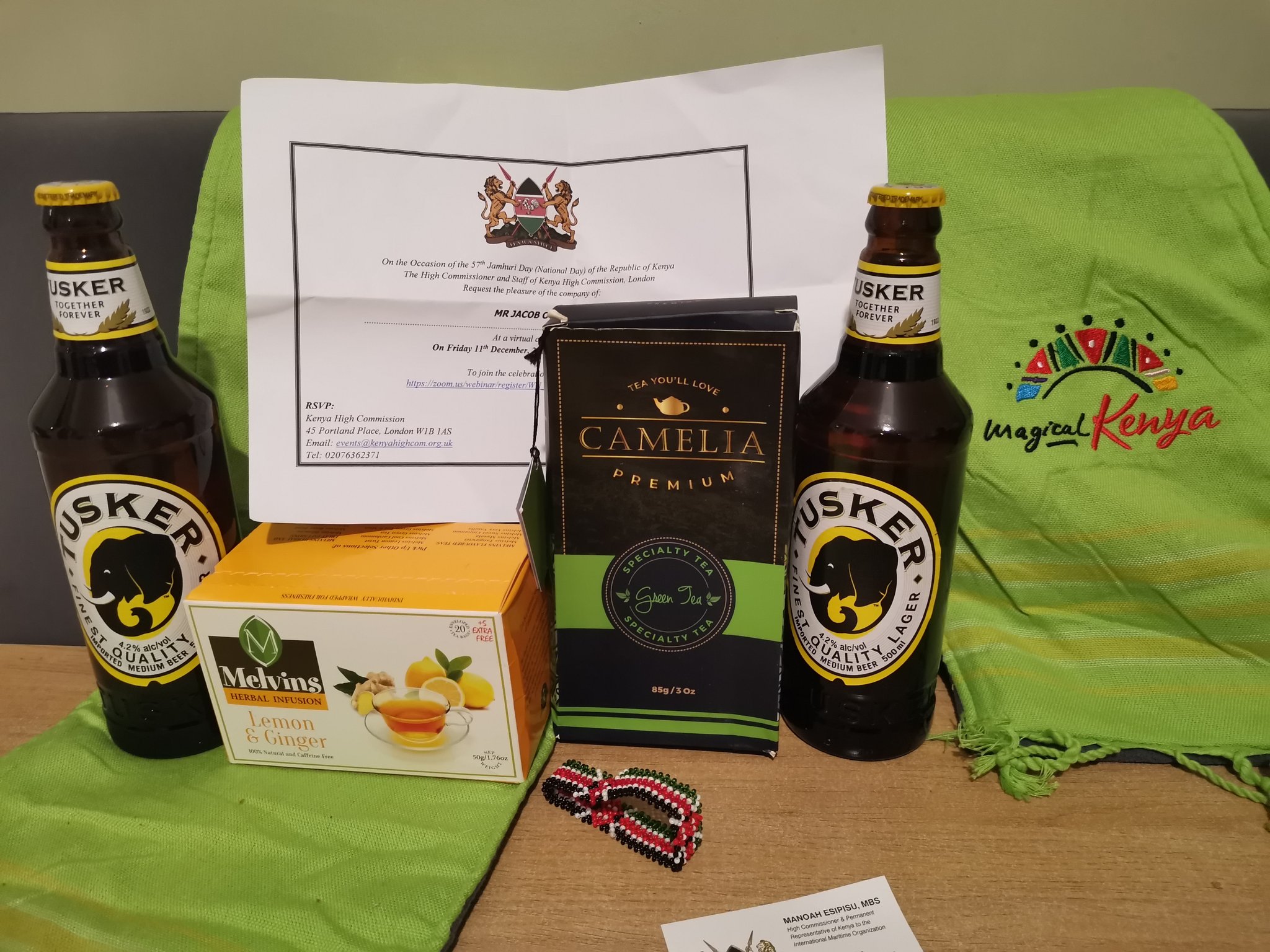

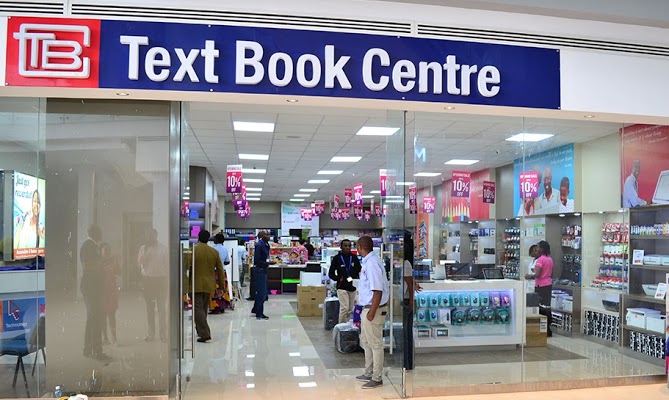

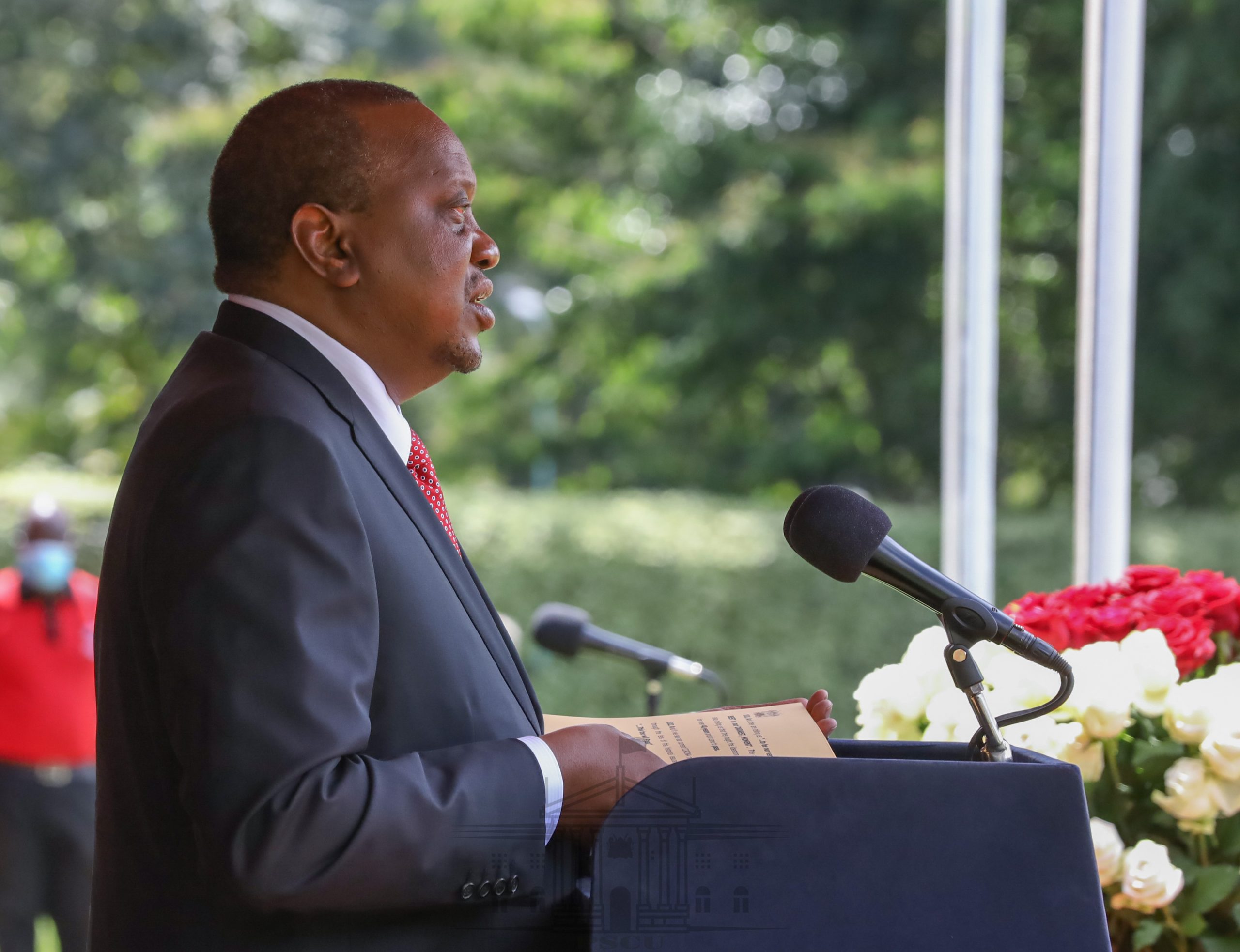
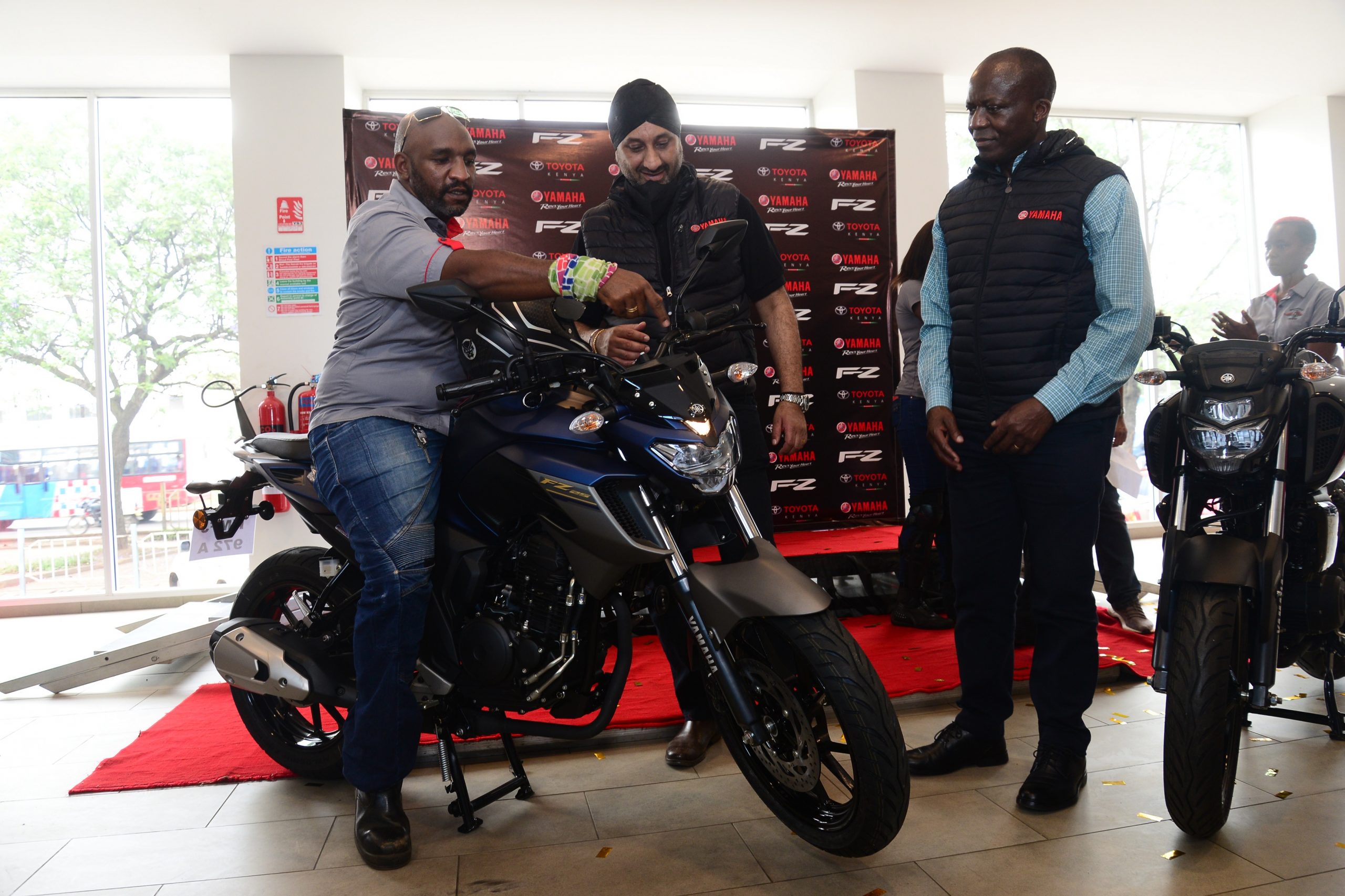

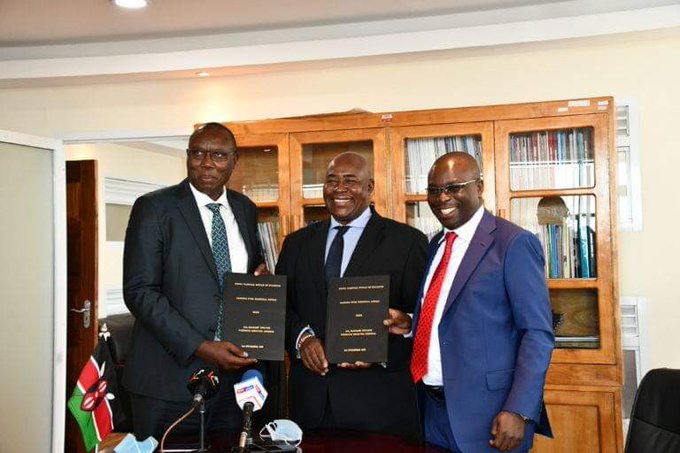


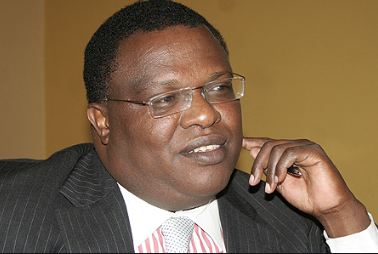
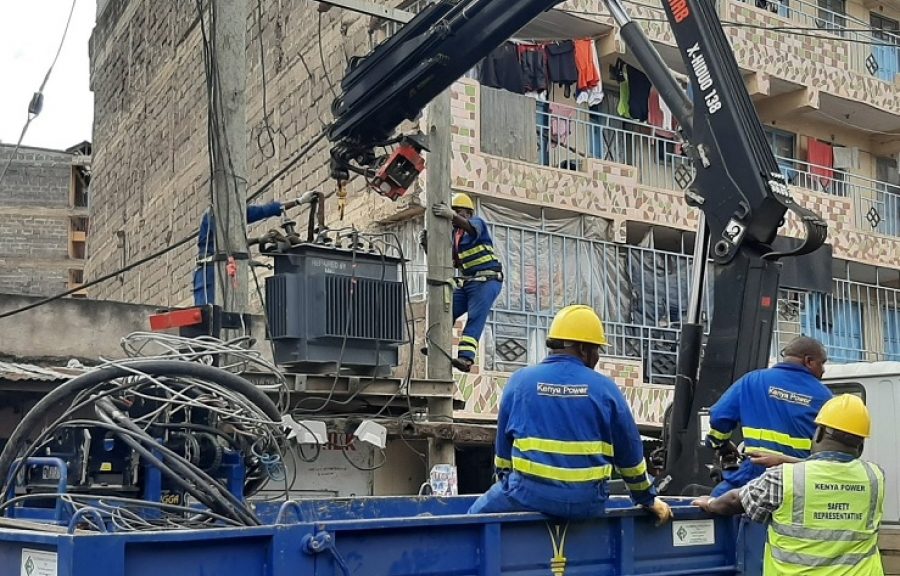



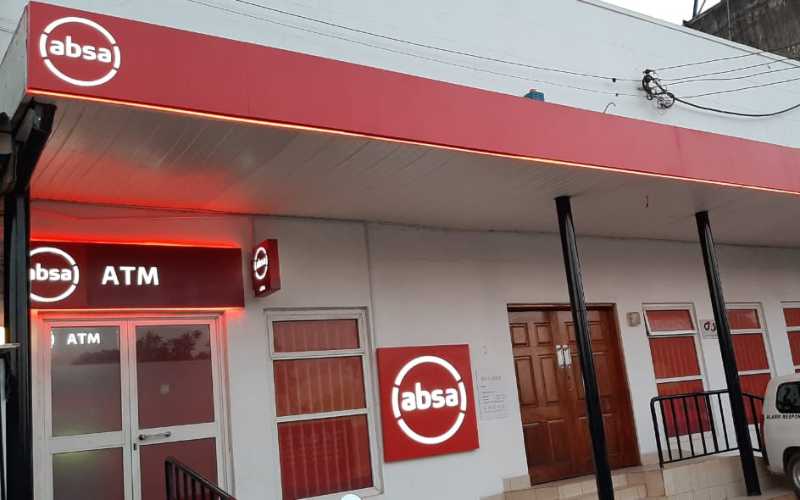


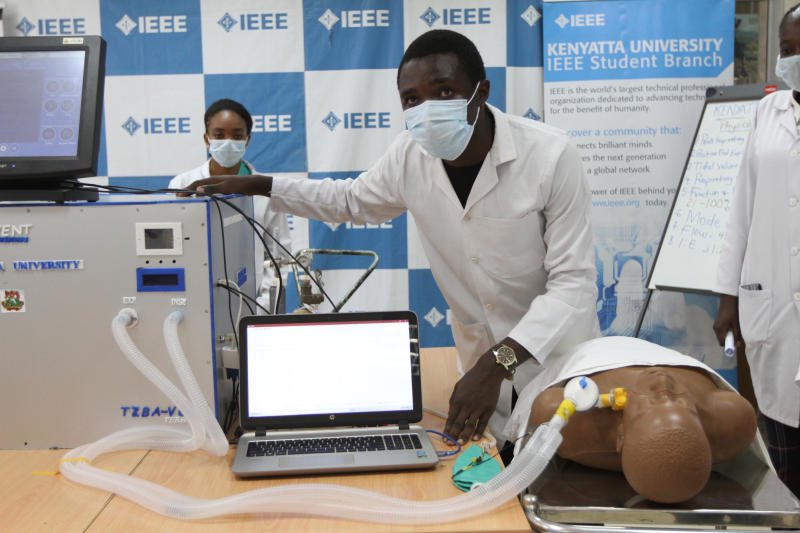
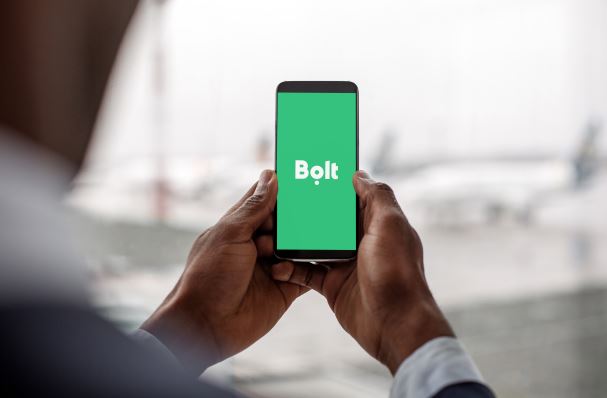

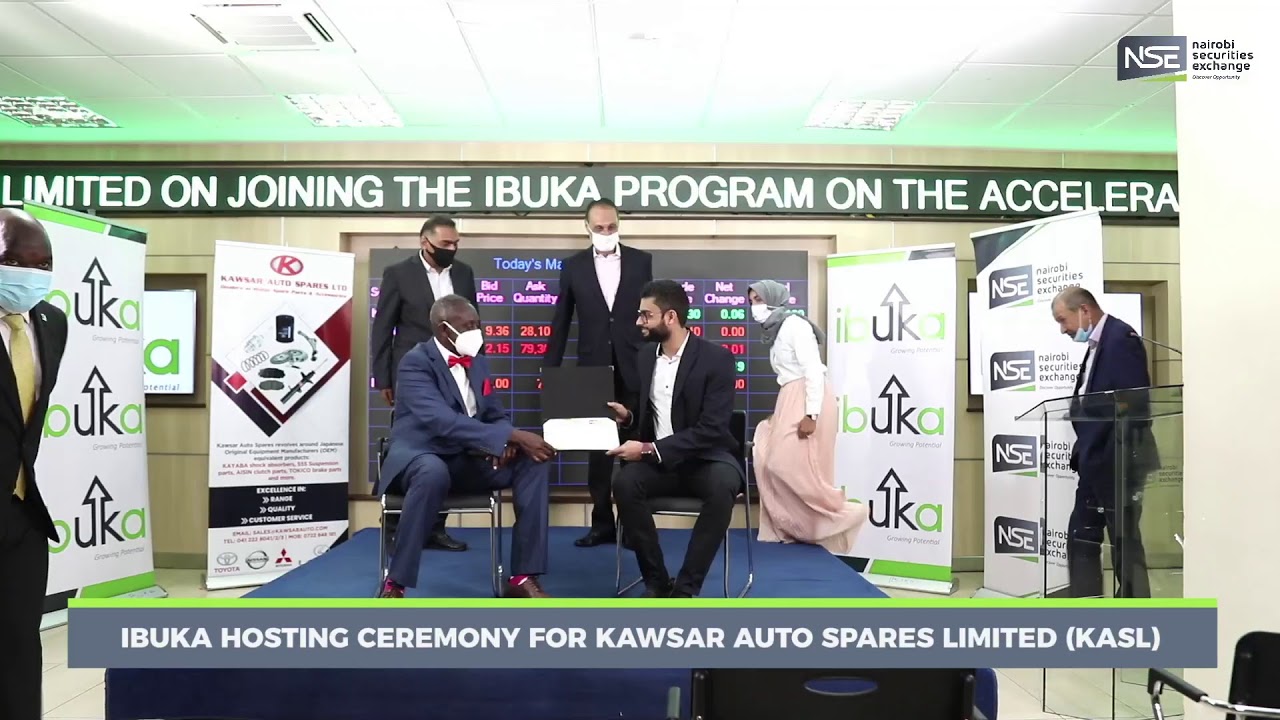
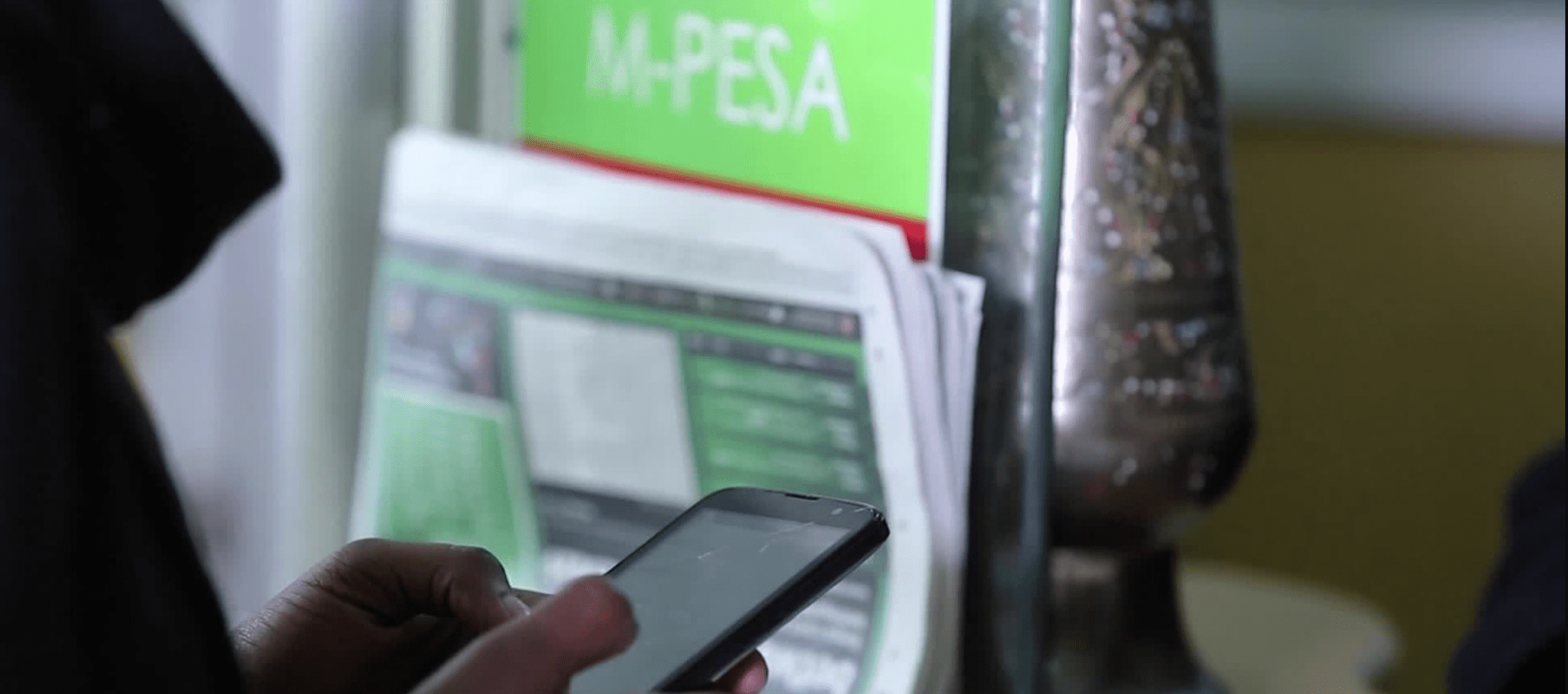




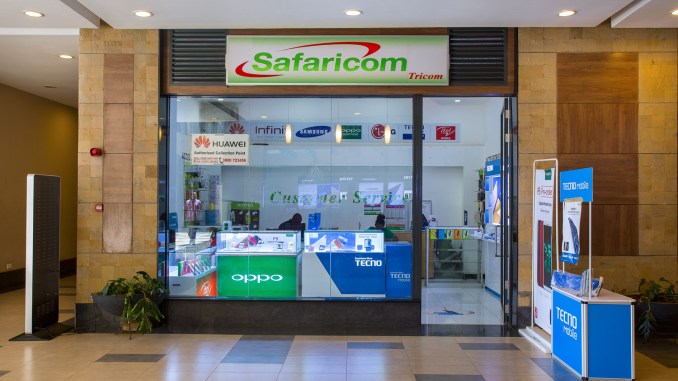
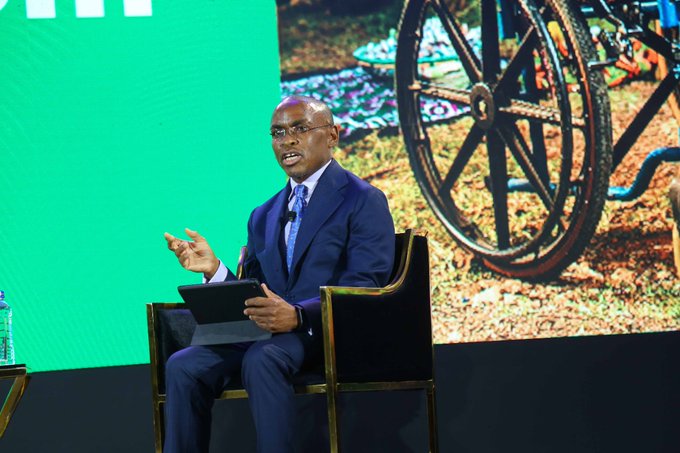
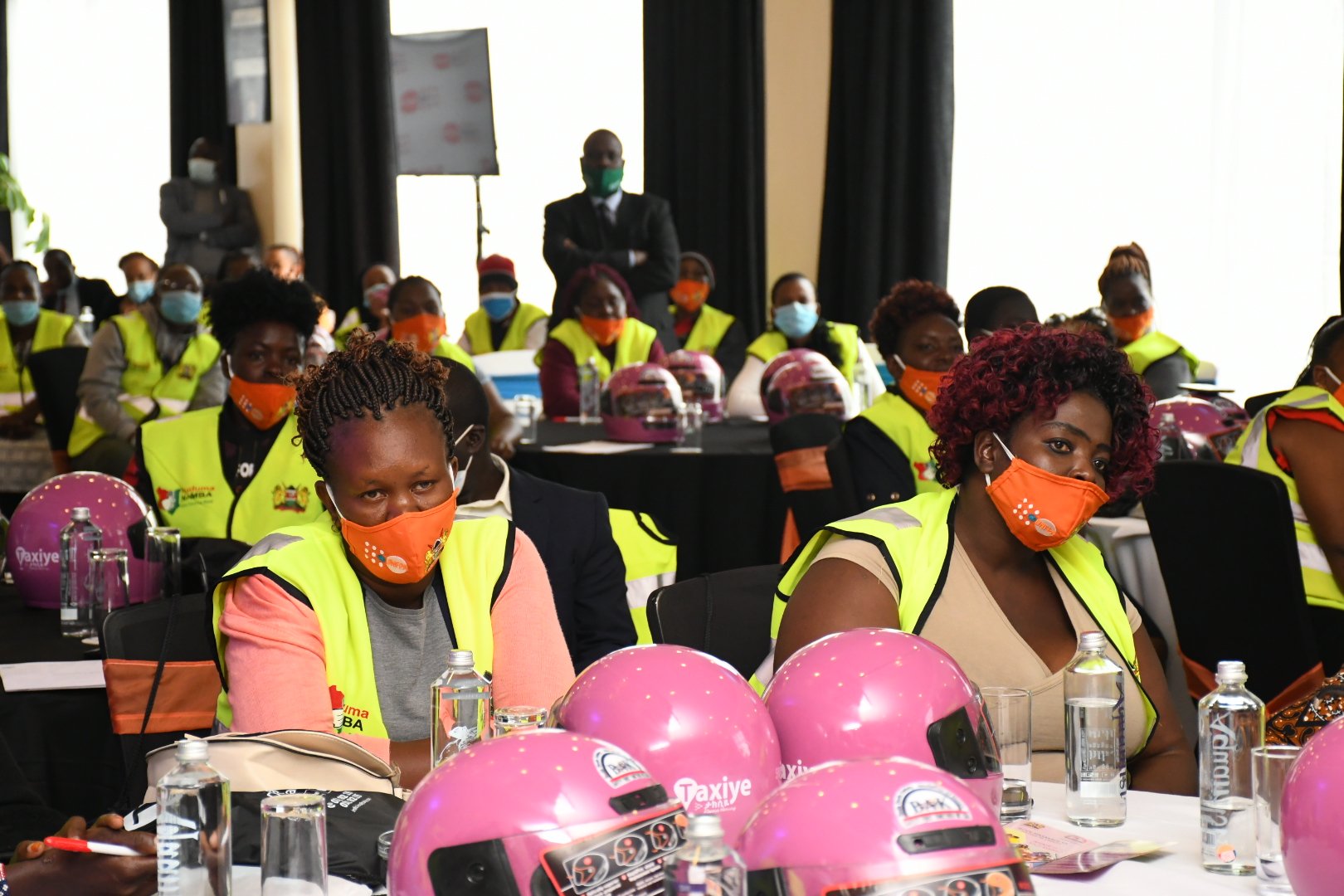
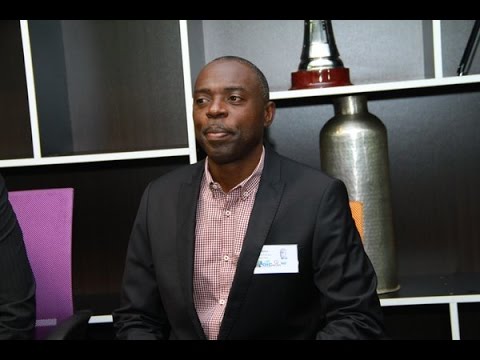


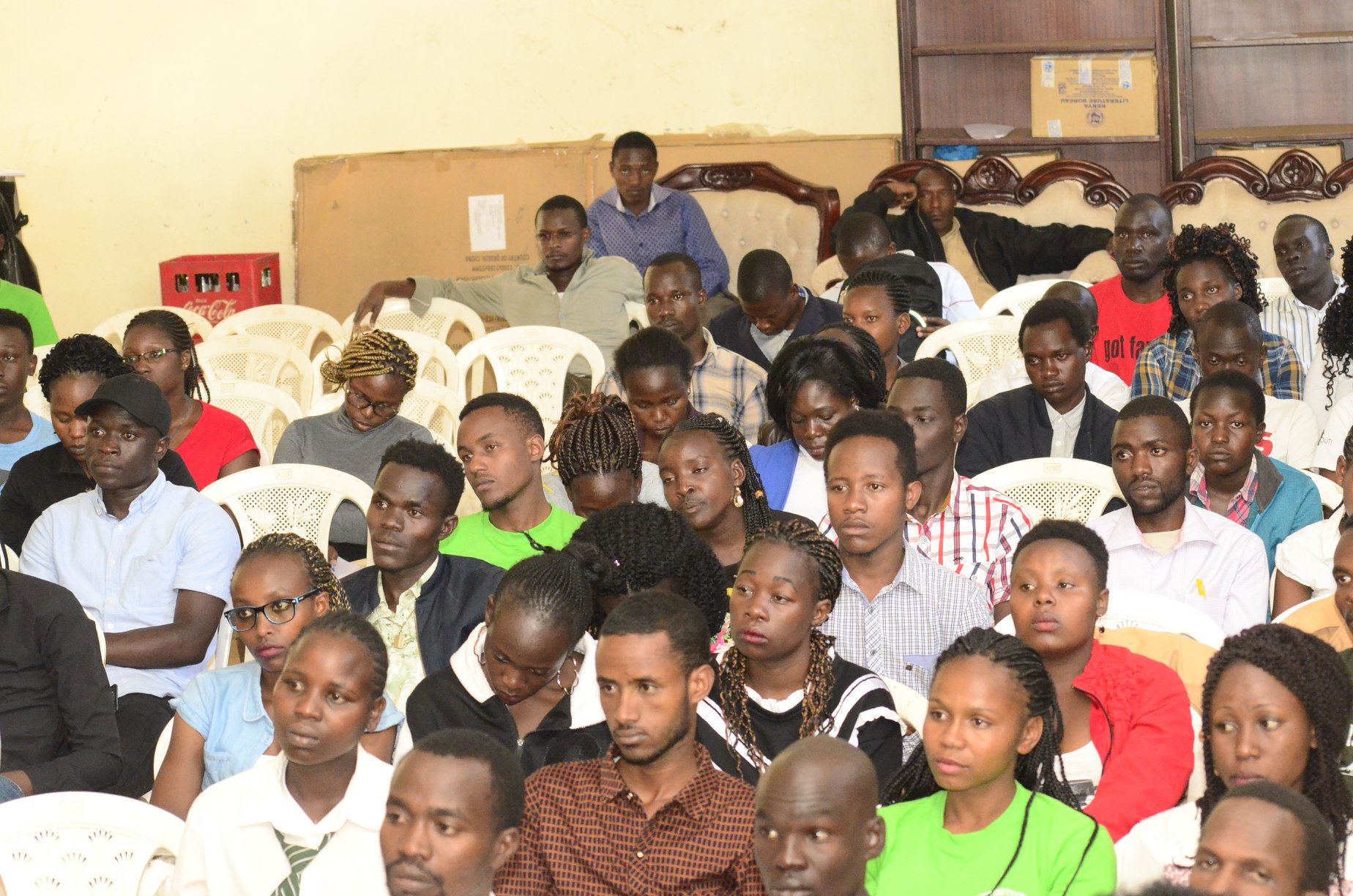
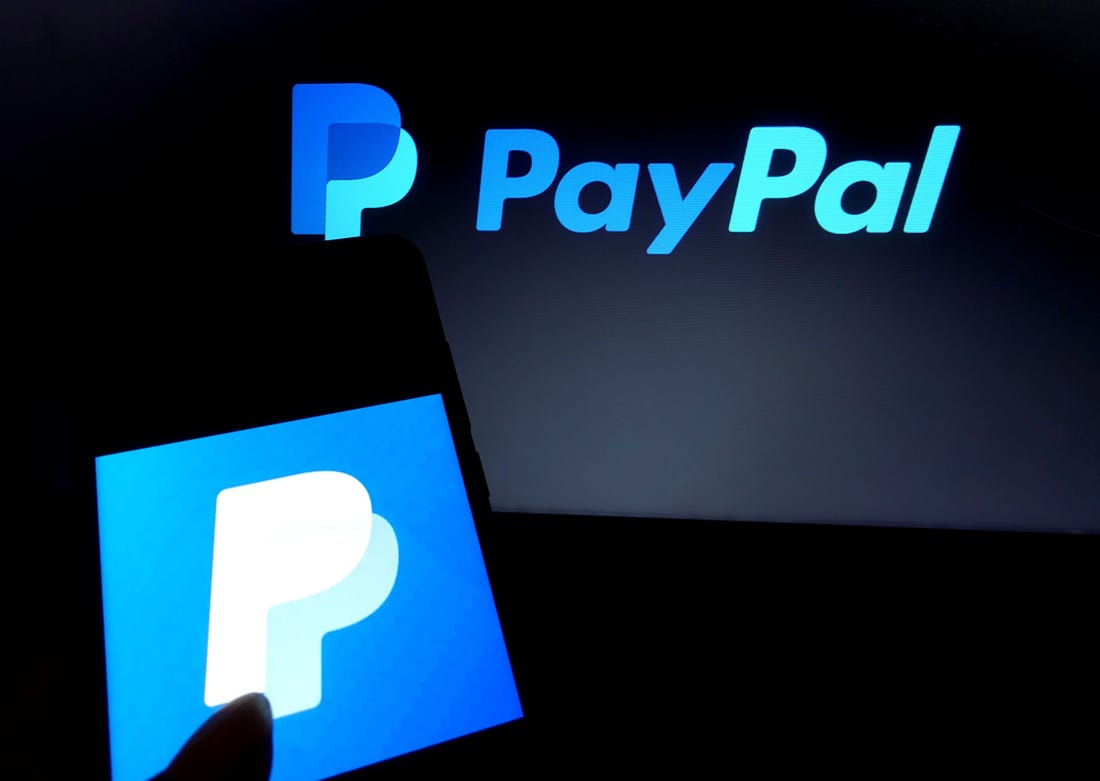

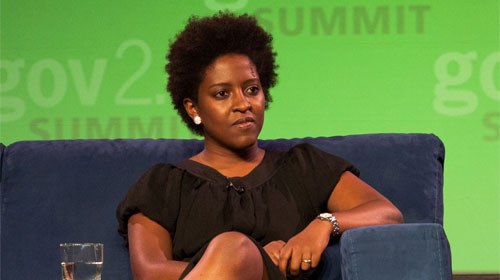

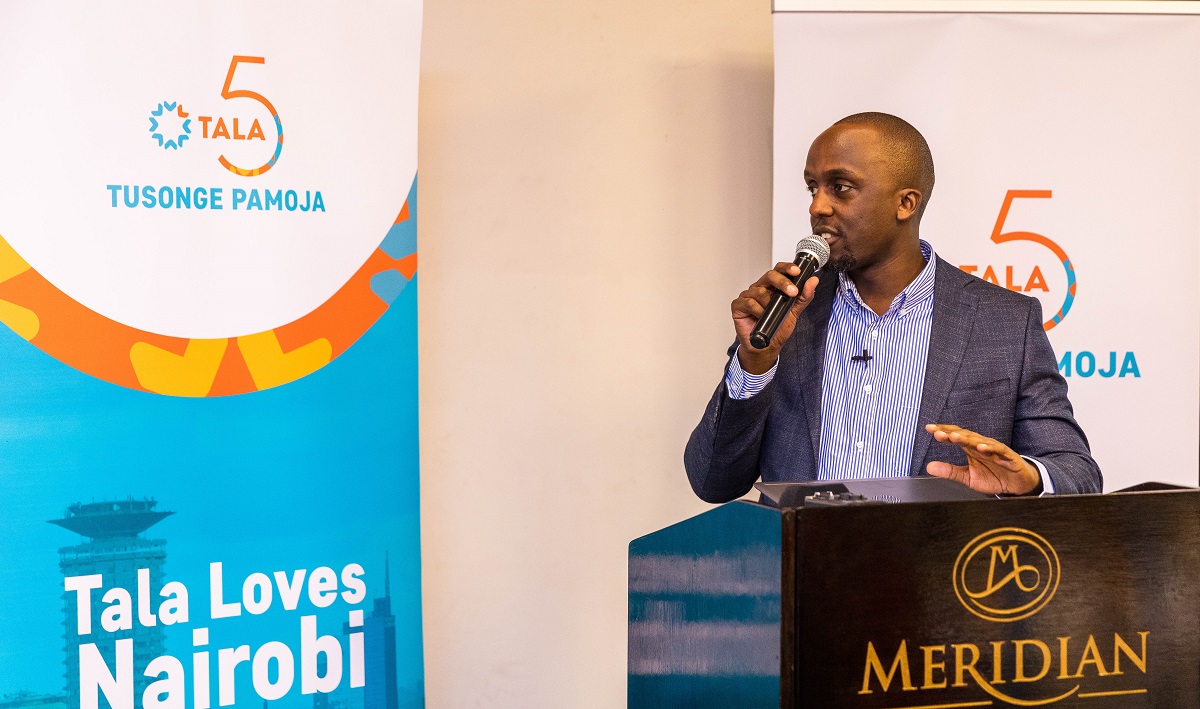
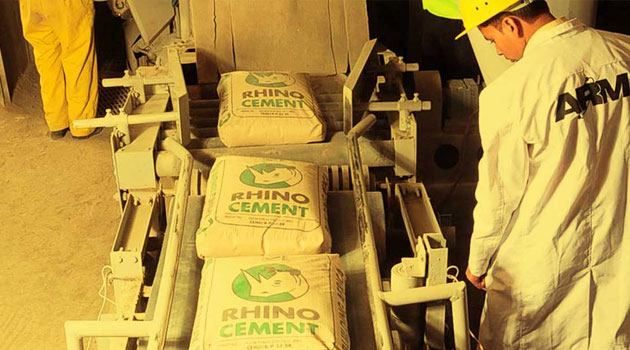








Where is kaizen college in kenya